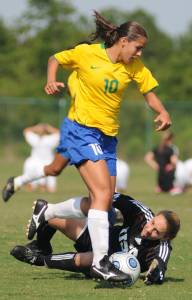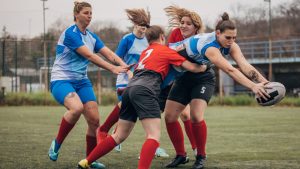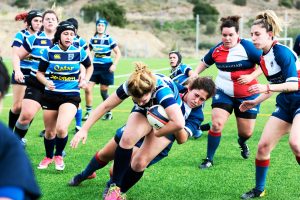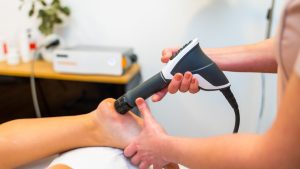 For the past month, the FIFA Women’s World Cup has taken place in France, played out in front of packed stadiums with a carnival atmosphere and with record TV audiences here in the UK.
For the past month, the FIFA Women’s World Cup has taken place in France, played out in front of packed stadiums with a carnival atmosphere and with record TV audiences here in the UK.
The tournament has had everything we have come to expect from a World Cup and more. From VAR controversies, celebration controversies, Donald Trump tweeting, a Scottish tragi-comedy failure to reach the knockout stages (3-0 up and you …..), an English tragi-comedy involving penalties and a USA team intent on causing a diplomatic incident by dredging up the 1773 Boston tea party.
Moreover, the quality of the on field play and excitement of the games has drawn in a diverse group of fans – from the traditional football supporter who usually only follows the men’s games, through to new female fans who normally have little interest in the beautiful game. Japan’s tiki-taka style, Lucy Bronze’s cultured finish against Norway and the Netherlands’ neat edge of the box interplay leading to Jackie Groenen’s swept finish in the semi-final will all live long in the memory.
Perhaps most importantly the tournament has provided female role models for young boys and girls such Megan Rapinoe, Nikita Parris and Lieke Martens to place alongside the Pogbas, Sterlings and Kanes. Could it also be that role models such as these help prevent the drop off in sports participation that is seen among teenage girls?
From a physiotherapy perspective woman’s football (as well as rugby, netball and basketball etc) is note worthy for the extremely high rate of anterior-cruciate ligament (ACL) injuries. A FIFA study showed female footballers are between two to six times more likely to injure their ACL than their male counterparts. Indeed a key member of the English women’s football team Jordan Nobbs, found herself working at France 2019 as a TV pundit for the BBC rather than participating as player having ruptured her ACL in December 2018.
The higher incidence of ACL injury in women’s sport is thought to be multi-factorial, with factors such as weaker glute and hamstring muscles, an increased knee angle due to wider hips, poorer co-ordination and the menstrual cycle all being attributed.
A lack of research exists surrounding the effect of the menstrual cycle and ACL injuries. However anecdotal evidence suggest that the ACL is more vulnerable during this time, with the effect of oestrogen on ligament flexibility thought to play a role. England player Nobbs reported her injury occurred on the first day of her menstrual cycle. https://www.bbc.co.uk/sport/football/48333161
The English Institute of Sport have started a campaign to encourage not only greater research into female specific health in sport, but are also encouraging better dialogue between coaches and females athletes surrounding issues such as the menstrual cycle and appropriate bra support. https://www.eis2win.co.uk/resource/smarther-female-athlete-health-at-the-eis/
Strength training can also be effective to reduce the risk of ACL injury (and re-injury) among female athletes. Training programmes should focus on improving the strength and endurance of hip and knee muscles. Additionally, programmes should focus on deficits seen in female athletes with regard landing mechanics (ie how well an athlete absorbs force when landing following jumping) in addition to speed and agility training. At Central Health we run a twice weekly lower limb rehabilitation class, specifically designed to address these deficits in strength, landing mechanics and agility.





